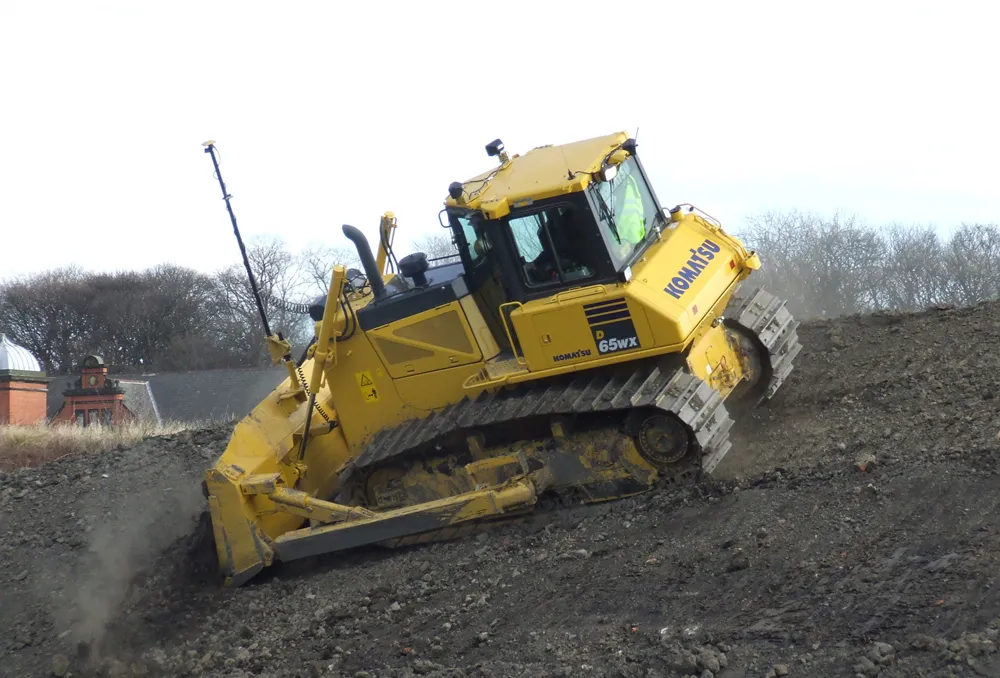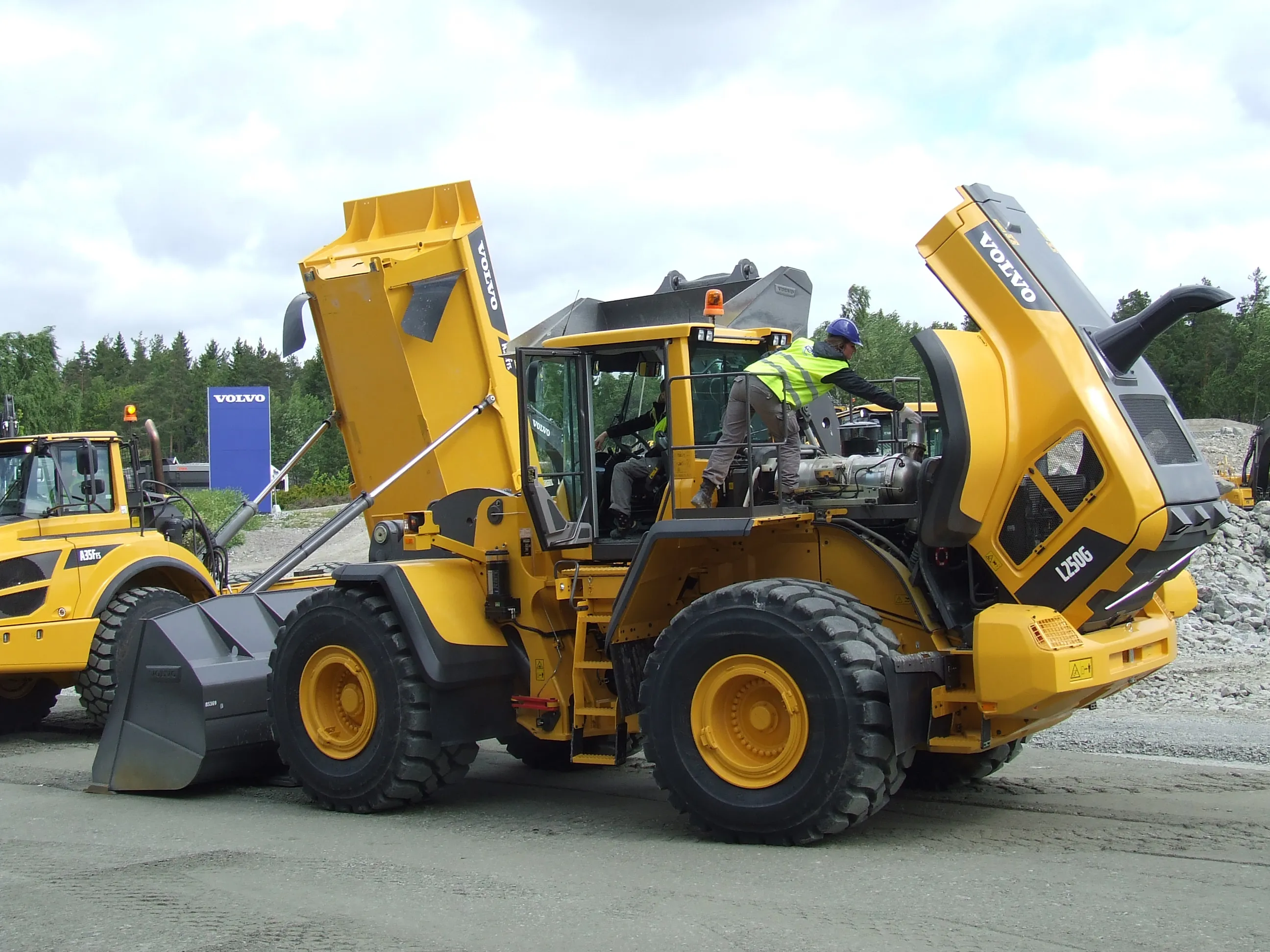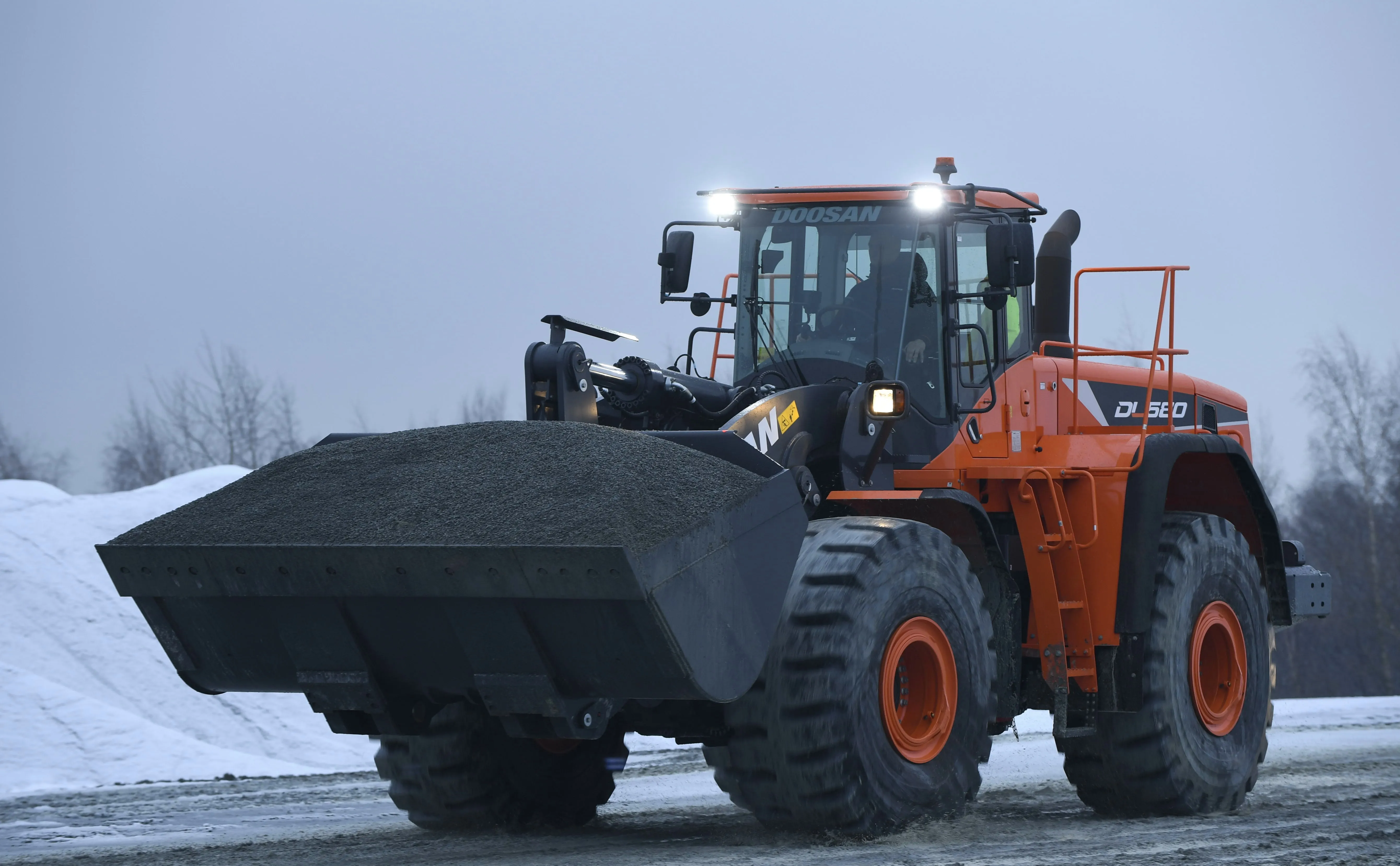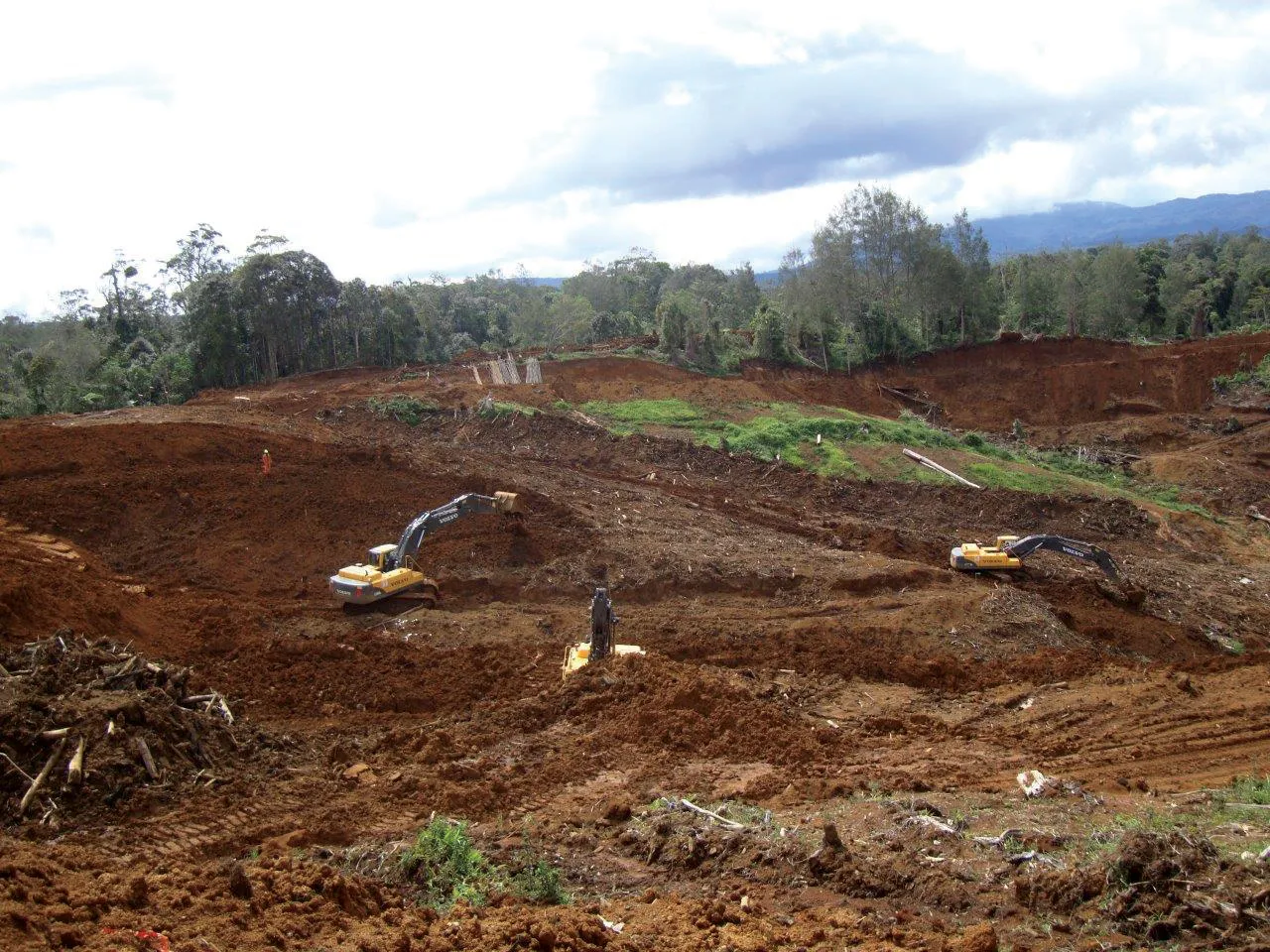Volvo Construction Equipment is offering machine simulators that are said to provide a valuable training resource for wheel loader, articulated hauler and excavator operators of all skill levels. The firm also has a new twin seat cab designed to help train grader operators. The sophisticated simulators feature advanced 3D-graphics and use the same controls that are fitted to Volvo machines. Operators sit in the simulator cab and are set to work on various tasks on a plasma projection screen in front of them
July 10, 2012
Read time: 2 mins

The sophisticated simulators feature advanced 3D-graphics and use the same controls that are fitted to Volvo machines. Operators sit in the simulator cab and are set to work on various tasks on a plasma projection screen in front of them.
The scenarios can be tailored according to the needs of the customer and operator, while vehicle characteristics such as hydraulic power, engine sound and bouncing over uneven ground are reproduced by the simulator. Instructors can be on hand to advise operators on how to improve handling skills and correct mistakes without risk of costly machine damage.
Research shows that operators learn quickly in the early stages using a simulator and data logged during each training session can be used to evaluate progress. Each training session logs information such as volume per hour, fuel consumption, tyre wear, driving distance and collisions with objects. Machine working efficiency can vary by up to 40%, according to the experience of the operator. The Volvo wheel loader, articulated hauler and excavator simulators are the first of a planned series of training and educational equipment for Volvo Construction Equipment machines, and are available for sale or rent.
Meanwhile, to provide on-machine training in graders, Volvo is also offering a two seat cab option for its latest G900 series models. Graders are the most difficult of all earthmoving machines to use properly and there is a recognised shortage of experienced operators. This new two seat cab is intended to address the issue, by allowing trainees to sit in with experienced operators and observe how duties are carried out. The experienced operator can then let the trainee carry out certain operations, giving constant on-the-job instruction as required. Previously, grader cabs have been large enough only to hold a single person and this new development is aimed at increasing the numbers of trained grader operators for the construction industry.









